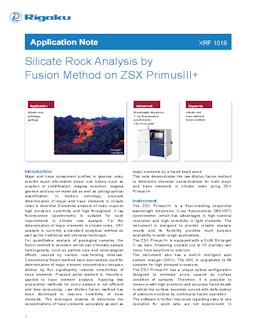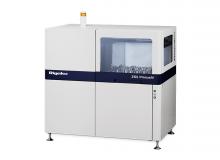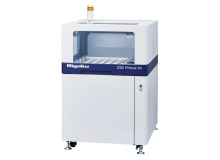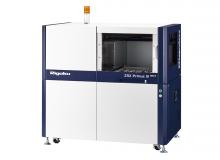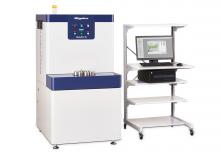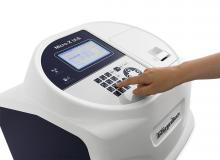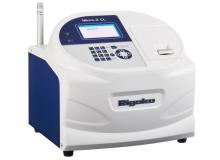Background
Major and trace component profiles in igneous rocks provide much information about rock history such as eruption or solidification, magma evolution, magma genesis and source materials as well as petrographical classification. In modern petrology, accurate determination of major and trace elements in silicate rocks is essential. Elemental analysis of rocks requires high precision, sensitivity and high throughput. X-ray fluorescence spectrometry is suitable for such requirements in silicate rock analysis. For the determination of major elements in silicate rocks, XRF analysis is currently a standard analytical method as well as the traditional wet chemical technique. For quantitative analysis of geological samples, the fusion method is common, which can eliminate sample heterogeneity, such as particle size and mineralogical effects, caused by various rock-forming minerals. Conventional fusion method have been widely used for determination of major element concentration because dilution by flux significantly reduces sensitivities of trace elements. Pressed pellet method is, therefore, applied to trace element analysis. Applying two preparation methods for every sample is not efficient and time-consuming. Low dilution fusion method has been developed to improve sensitivity of trace elements. The technique enables to determine the concentrations of trace elements accurately as well as major elements by a fused bead alone. This note demonstrates the low dilution fusion method to determine chemical concentrations for both major and trace elements in silicate rocks using ZSX PrimusIII+.
WDXRF Products from Rigaku
Benchtop tube below sequential WDXRF spectrometer analyzes O through U in solids, liquids and powders
High power, tube above, sequential WDXRF spectrometer with new ZSX Guidance expert system software
High-power, tube-below, sequential WDXRF spectrometer with new ZSX Guidance expert system software
Affordable, high-end, tube-above Industrial WDXRF for the analysis of solid samples
High-throughput tube-above multi-channel simultaneous WDXRF spectrometer analyzes Be through U

